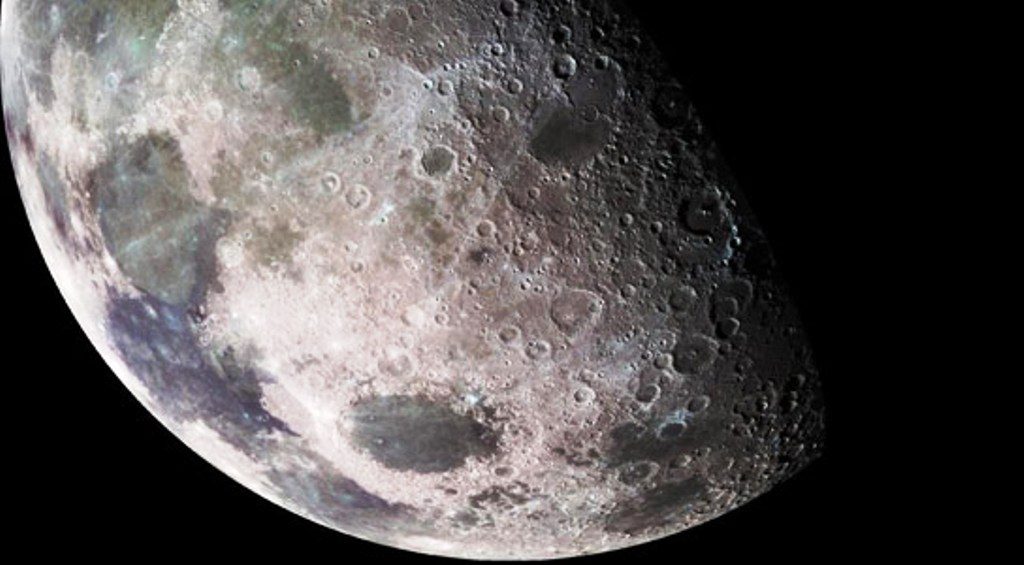Numerous volcanic deposits distributed across the surface of the Moon contain unusually high amounts of trapped water compared with surrounding terrains, a new study of satellite data has revealed.
Water bearing glass bead samples brought from Moon
- The study found evidence of water in nearly all of the large ‘pyroclastic’ (fragments of rock formed after volcano eruptions) deposits that had been previously mapped across the Moon’s surface, including deposits near the Apollo 15 and 17 landing sites where the water-bearing glass bead samples were collected.
- The finding of water in these ancient deposits, which are believed to consist of glass beads formed by the explosive eruption of magma coming from the deep lunar interior, bolsters the idea that the lunar mantle is surprisingly water-rich, researchers said .
- “The key question is whether those Apollo samples represent the bulk conditions of the lunar interior or
- instead represent unusual or perhaps anomalous water-rich regions within an otherwise ‘dry’ mantle,”
- said lead author Ralph Milliken, Associate Professor at the Brown University.
- “By looking at the orbital data, we can examine the large ‘pyroclastic’ deposits on the Moon
- that were never sampled by the Apollo or Luna missions.
- The fact that nearly all of them exhibit signatures of water suggests that the Apollo samples are not anomalous,
- so it may be that the bulk interior of the Moon is wet,” Milliken added.
Water on moon was first found in 2008
- Scientists first traced amounts of water in 2008, when some of the volcanic glass beads brought
- back to Earth from the Apollo 15 and 17 missions, overturning the previous held assumption tha
- t the interior of the Moon had been largely depleted of water and other volatile compounds.
- Furthermore, In 2011, study of tiny crystalline formations within those beads revealed that they actually contain
- similar amounts of water as some basalts on Earth.
- That suggests that the Moon’s mantle contain as much water as Earth’s.
- For the study, scientists used orbital spectrometers to measure the light that bounces off a planetary surface.
- “By looking at which wavelengths of light are absorbed or reflected by the surface, scientists can get an idea of which minerals and other compounds are present,” the researchers noted.
